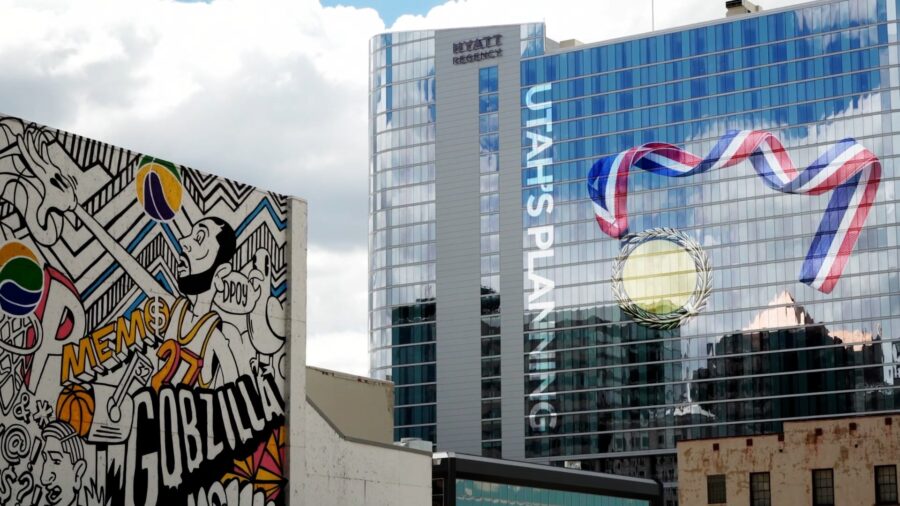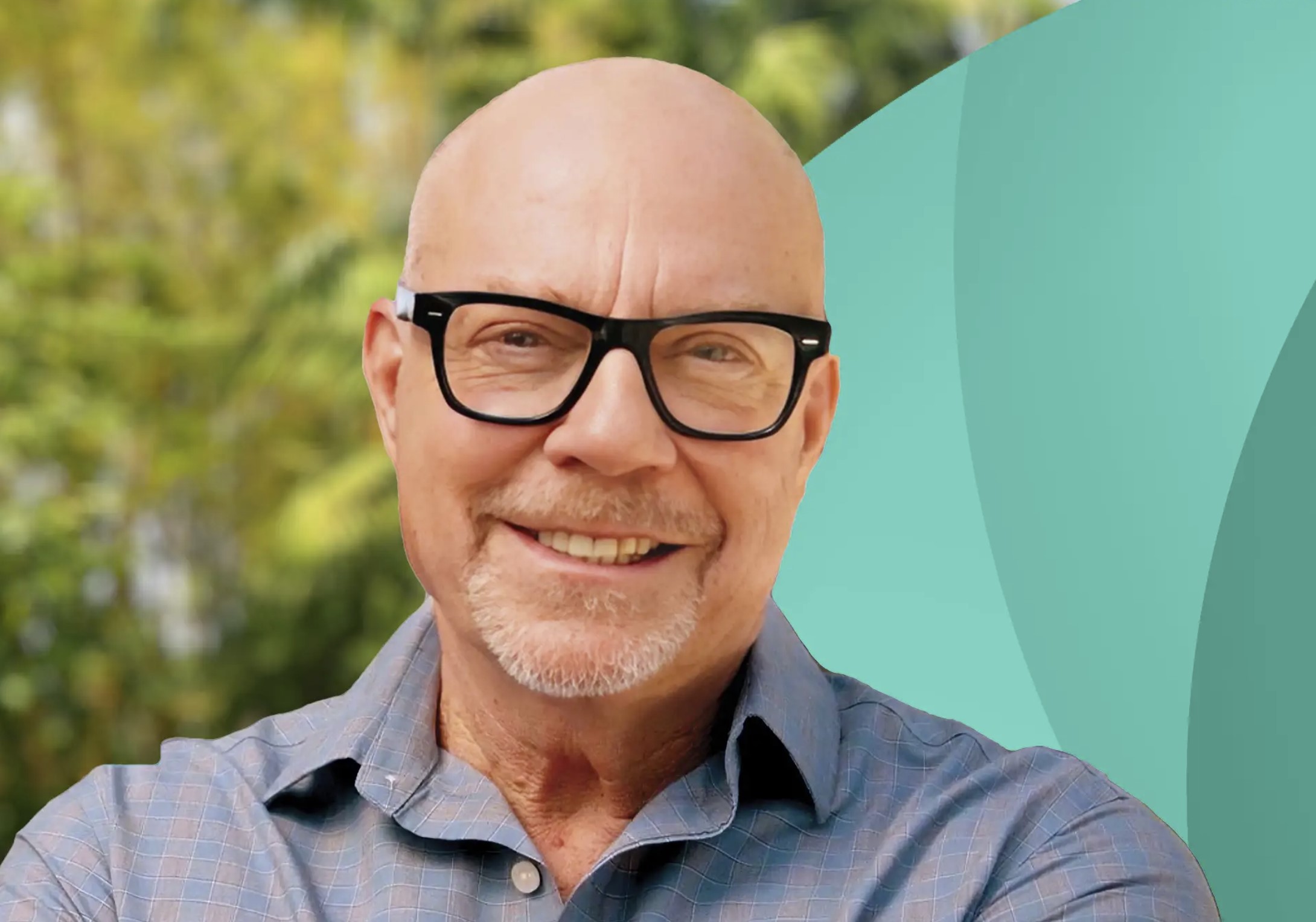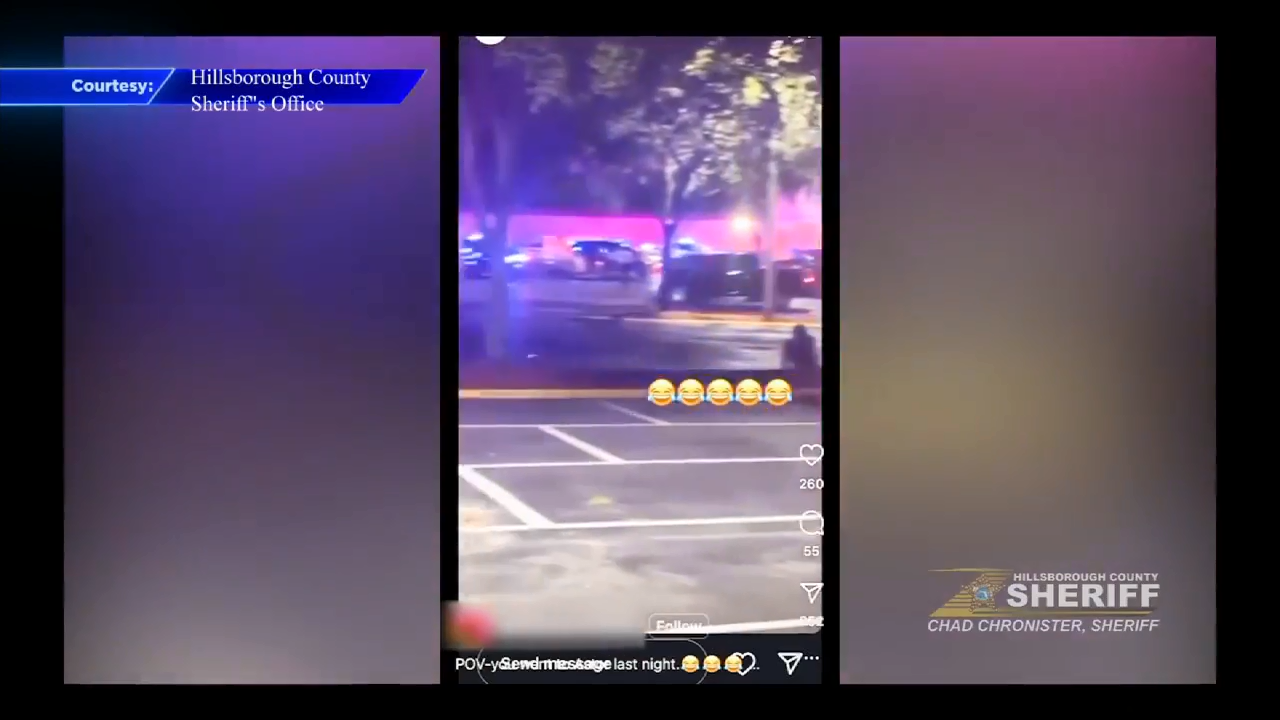West Weber County is the only place Brent Davis, 74, has ever called home. Davis and his brothers are the fourth generation to farm and raise cattle on 60 acres of land in this largely rural corner of northern Utah.
Like so many communities in Utah, the area has seen new homes and development bring more traffic, and change. That change is now set to accelerate — with the Utah Inland Port Authority’s decision on Monday afternoon to approve a new project area on 9,000 acres of mainly agricultural land just down the road from Davis.
Weber County’s hope is that the site will become an “industrial development, advanced manufacturing and renewable energy hub,” Stephanie Russell, economic development director in Weber County, told the UIPA board on Monday.
The project area encompasses farmland and wetlands, and sits between the Harold S. Crane and Ogden Bay Waterfowl Management Areas near the eastern shore of the Great Salt Lake.
(Trent Nelson | The Salt Lake Tribune) Brent Davis on Weber County property slated for an inland port on Friday, April 5, 2024.
Earlier in the day, herons, American avocets, California gulls and ibis flew over and floated in ephemeral pools of water inside the project’s boundaries, as Ben Hart, executive director of the Utah Inland Port Authority, led reporters on a tour. “We’re going to take unprecedented measures to try and protect the wetlands up here,” Hart said.
Opponents say the new project will accelerate industrialization and the loss of agricultural lands, imperil wetlands and impact bird populations.
But port supporters argue it will bring needed jobs in a county where many have to commute to Salt Lake City for work. UIPA board members also say that their involvement in the project will guarantee more protections for wetlands than if landowners developed the site without their incentives. Turning West Weber into a port project will also unlock loans or tax dollars for the costs of new infrastructure, such as a sewer transmission system and wastewater treatment facilities.
To Davis, the port authority’s involvement made one thing clear. “It won’t be country anymore,” he said as he took a break from planting watermelons. “It will be citified.”
(Rick Egan | The Salt Lake Tribune) The Weber County Inland Port site in Weber County, Monday, May 20, 2024.
Environmental groups started raising alarms about a new port project last August when the proposed site was 903 acres. A few months later, days before the New Year holiday weekend, the port authority and Weber County posted a notice that said they planned to expand the port project to almost 9,000 acres.
During the Monday afternoon meeting, UIPA staffers outlined their plan to mitigate the potential harms to wetlands.
“The inland port recognizes the extent of ecological sensitivity throughout this project area, considering its proximity to the Great Salt Lake, as well as to the Harold Crane and Ogden Bay waterfowl management areas,” Mona Smith, UIPA’s environmental engineer, told the board.
In order for developers to unlock incentives, UIPA said, it will require them to develop an inventory of wetlands and require a 600-foot buffer between waterfowl management areas and construction. It also recommended that 3% of the tax revenue collected from development in the project area go towards wetland mitigation.
Over 25 years, UIPA expects the increased taxes will add up to $343 million, meaning roughly $10.3 million would go towards wetlands protection over that period of time.
“Having these types of arrangements, having a wetlands strategy that is more stringent than what the Army Corp of Engineers will put in place is a benefit, is long term more beneficial to that ecosystem than if we were just to walk away and do nothing,” said Joel Ferry, executive director for the Utah Department of Natural Resources and nonvoting UIPA board member.
Environmental groups remain skeptical.
(Utah Inland Port Authority) The wetlands identified in one of the project areas UIPA approved in West Weber County on May 20, 2024.
“Currently the Utah Inland Port Authority (UIPA) is the single biggest driver of wetland destruction and impairment in the Great Salt Lake Basin,” port critics, including Great Salt Lake Audubon and Utah Physicians for a Healthy Environment, wrote in a 2023 report.
“There wouldn’t be wetlands destruction without the inland port authority,” Deeda Seed, a staffer with the Center for Biological Diversity, wrote in a text to The Salt Lake Tribune. The project’s wetlands policy is an ineffective gesture to address “legitimate concerns about the harm to 28,000 acres of biological wetlands,” she wrote. The funds set aside for wetlands also are “insufficient and it’s unclear how they will implement it,” Seed wrote.
Without UIPA incentives for infrastructure, Seed and others argue, there wouldn’t be an economic incentive to develop the open lands.
But, responds UIPA director Hart, “there were already viable development plans up here in the area.”
Most of the designated West Weber Inland Port Project will be on land owned by the Marriott family. Another 300 or so acres in the project are owned by “PCC LAND LLC,” which shares the same address as real estate developer the Gardner Group, who purchased the property in 2023.
(Rick Egan | The Salt Lake Tribune) Ben Hart, executive director of the Utah Inland Port Authority answers questions during a media tour of Weber County Inland Port site in Weber County, Monday, May 20, 2024.
Although much of the new port project land is currently agricultural open space, it was zoned for industrial use in the 1960s, according to Hart, and Compass Minerals and Western Zirconium have long operated nearby.
“It’s no big surprise to me,” Davis said of the inland port project proposal, “but still, I hate to see it.”
Others felt caught off guard when they learned that the land could become the latest “inland port.”
Residents of Weber County sent county commissioners a letter on April 16 asking them to reevaluate the proposal and pause their plans. “We should not incentivize massive industrial development on the shores of Great Salt Lake, in an area containing some of the last remaining wetlands in northern Utah,” the residents wrote.
UIPA had not reached out to neighbors of the project, Hart told reporters, because the port’s involvement wouldn’t require a zoning change.
“Well,” Davis said after The Tribune informed him that UIPA voted to adopt the inland port. “I figured it would be that way.”


































